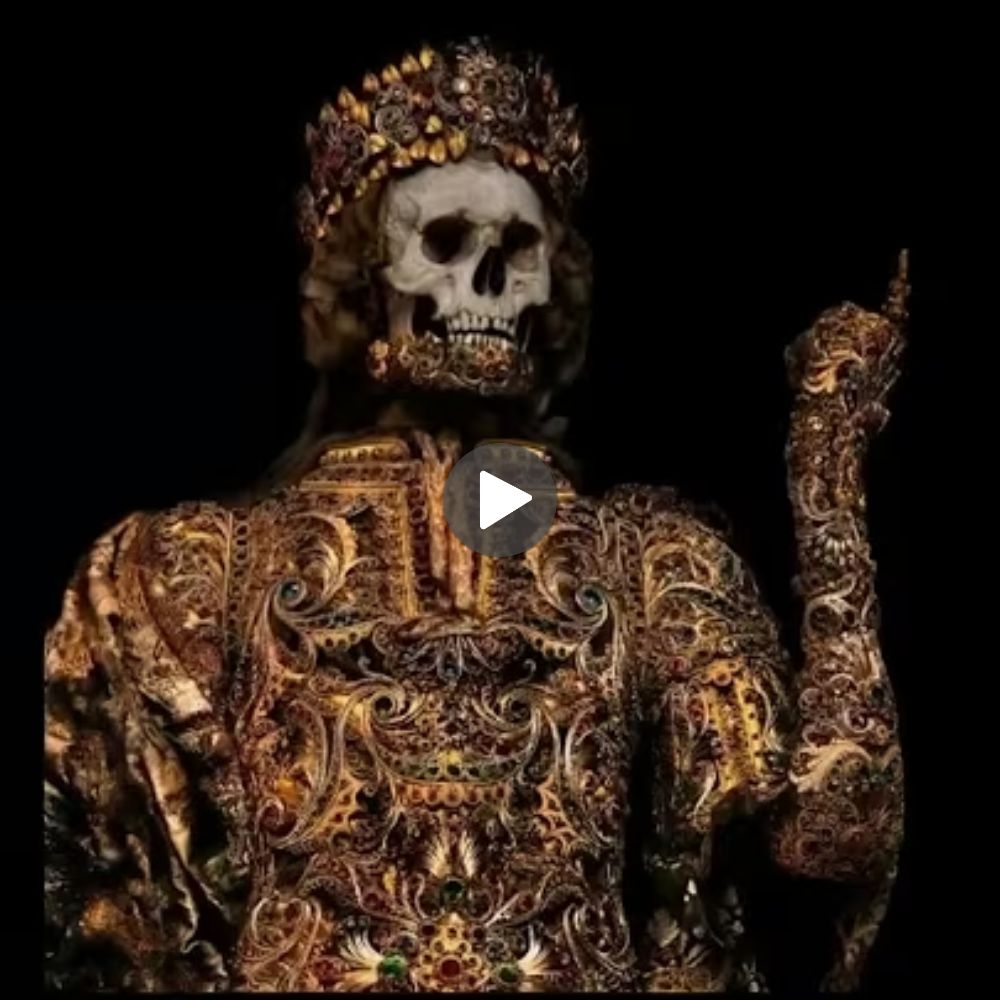
In the blazing sun of a midsummer noon over 2,200 years ago, in the bustling city of Alexandria, a man stood beneath the open sky, watching shadows dance. He held no telescope, no calculator, no advanced instruments. Just a stick planted upright in the earth, a sharp mind, and an unquenchable thirst for knowledge. His name was Eratosthenes—a Greek polymath, head librarian at the famed Library of Alexandria, and the first person in recorded history to measure the circumference of the Earth with stunning precision.
Eratosthenes had heard a curious fact. Far south, in the Egyptian city of Syene (modern-day Aswan), there was a deep well. At noon during the summer solstice, sunlight would reach the bottom without casting a shadow. Yet in Alexandria, at that exact moment, vertical objects still threw a shadow. This observation—mundane to most—sparked a revolutionary idea in Eratosthenes’ mind. If the Earth were flat, the sun’s rays would strike every city at the same angle. But they didn’t. The Earth, he realized, must be curved.
To test this, he measured the angle of the shadow in Alexandria at noon on the solstice. It was approximately 7.2 degrees—one-fiftieth of a full circle. From this, Eratosthenes reasoned that the distance between Syene and Alexandria must also be one-fiftieth of Earth’s total circumference.
The distance between the two cities was known from camel caravans—roughly 5,000 stadia. Multiply that by 50, and you get 250,000 stadia. Depending on the exact length of the “stadia” he used, Eratosthenes’ calculation was between 24,000 and 25,000 miles—nearly spot-on with modern measurements. He had estimated the size of a planet using nothing more than sunlight, logic, and curiosity.
But this was more than a mathematical feat. It was a declaration that the universe could be understood through observation and reason—that the human mind could grasp the shape of the world without divine intervention or myth. In a time when most of the world still believed in a flat Earth or in heavens held up by тιтans, Eratosthenes showed that thought itself could be a form of exploration.
His discovery echoed through time. Centuries later, his work would inspire Arabic scholars during the Islamic Golden Age and European scientists during the Renaissance. It would form the bedrock of astronomy, geography, and even satellite science.
And yet, Eratosthenes died without seeing his work celebrated as it should have been. Much of his legacy was buried with the fall of ancient civilizations, the destruction of the Library of Alexandria, and the tides of war and religious upheaval. But his calculation remained—a flicker of brilliance shining through history’s smoke.
What makes his story so profoundly moving is not just its intellectual beauty, but its human scale. There’s something almost poetic in the way he harnessed the sun’s light and the shadow of a stick to reveal Earth’s true shape. He didn’t sail the oceans or climb mountains. He simply observed the world, asked a question, and answered it with elegance.
Today, we live in an age of satellites and supercomputers, but it’s worth remembering that one of humanity’s greatest intellectual leaps began with nothing more than a sunbeam and the courage to believe in thought.
So when you look up at the sky or watch your own shadow stretch across the pavement, think of Eratosthenes. Think of the librarian who measured the world without ever leaving his city. And ask yourself: how much more could we see, if we only dared to ask why?
<ʙuттon class="text-token-text-secondary hover:bg-token-bg-secondary rounded-lg" aria-label="Chia sẻ" aria-selected="false" data-state="closed">





